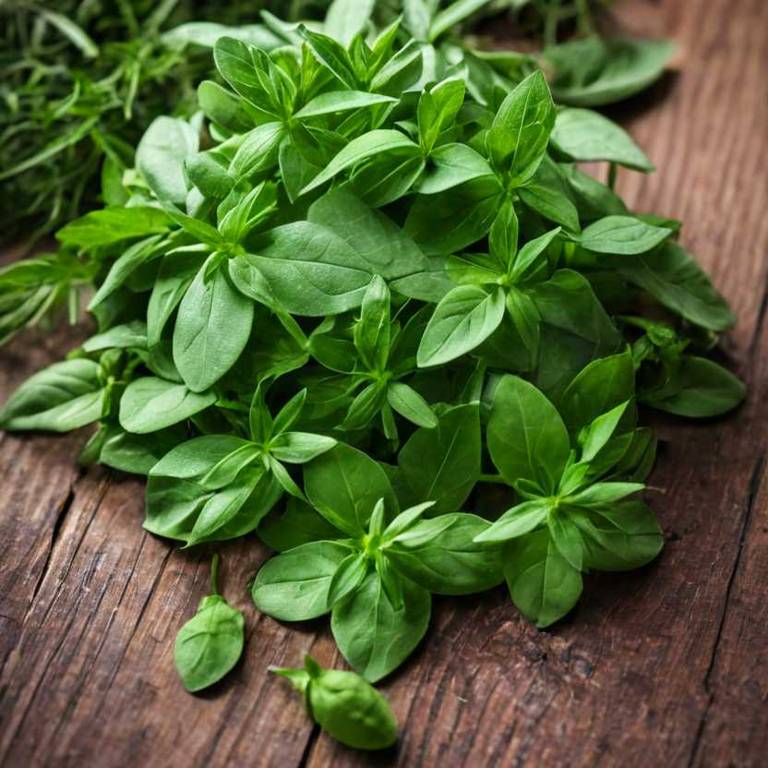Vinca Major: What To Know Before Using It For Medicinal Purposes

Vinca major, commonly known as periwinkle, has been used for medicinal purposes for centuries due to its rich content of alkaloids, including vincamine and vincristine.
These compounds have shown potential in treating various ailments, such as improving cognitive function and managing certain types of cancer. Historically, it has been utilized in traditional medicine to enhance memory and treat neurological disorders. However, its use is often limited due to the plant's toxicity and the need for careful extraction and processing of its active compounds.
Despite these challenges, ongoing research continues to explore its therapeutic applications in modern pharmacology.
Health Benefits
Vinca major has several health benefits, such as its potential to support cardiovascular health due to its antioxidant properties.
The plant contains compounds that may help reduce inflammation and improve circulation, which can lower the risk of heart disease. Additionally, Vinca major has been traditionally used in herbal medicine to aid in treating ailments like insomnia and digestive issues. Its ability to enhance mental clarity and reduce stress makes it beneficial for overall well-being.
However, it is important to consult a healthcare professional before using Vinca major, as it may interact with certain medications.
10 Best Health Beneift of Vinca major
Bioactive Constituents
Vinca major has several bioactive constituents, such as alkaloids, flavonoids, and terpenoids, which contribute to its medicinal potential.
Among these, the alkaloids, particularly vincamine and vincaminine, are of significant interest due to their ability to enhance cognitive function and improve cerebral blood flow. Flavonoids present in Vinca major exhibit antioxidant and anti-inflammatory properties, which may support cardiovascular and neuroprotective benefits. Terpenoids contribute to the plant's antimicrobial and immunomodulatory activities, further expanding its therapeutic applications.
These bioactive compounds make Vinca major a valuable resource in the development of natural remedies for neurological and inflammatory conditions.
Medicinal Preparations
Vinca major has several medicinal preparations, such as teas, tinctures, and topical salves, which have been traditionally used for their purported health benefits.
Herbal teas made from the dried leaves and flowers are sometimes consumed to support cardiovascular health and reduce anxiety. Tinctures prepared from the plant are believed to have sedative properties and may be used to alleviate nervous tension. Topical applications of Vinca major extracts are occasionally used to treat skin conditions and promote wound healing.
However, it is important to note that the plant contains alkaloids, and its use should be approached with caution due to potential toxicity.
Side Effects
Vinca major can have some side effects, such as skin irritation and allergic reactions when coming into contact with the plant.
The plant contains toxic alkaloids, which may cause nausea, vomiting, and dizziness if ingested. Ingestion by pets or children can lead to more severe symptoms, including difficulty breathing and irregular heartbeats. Long-term exposure to the plant's chemicals may contribute to chronic health issues, particularly in individuals with sensitive skin or respiratory conditions.
It is important to handle Vinca major with care and keep it away from children and pets to avoid these potential health risks.